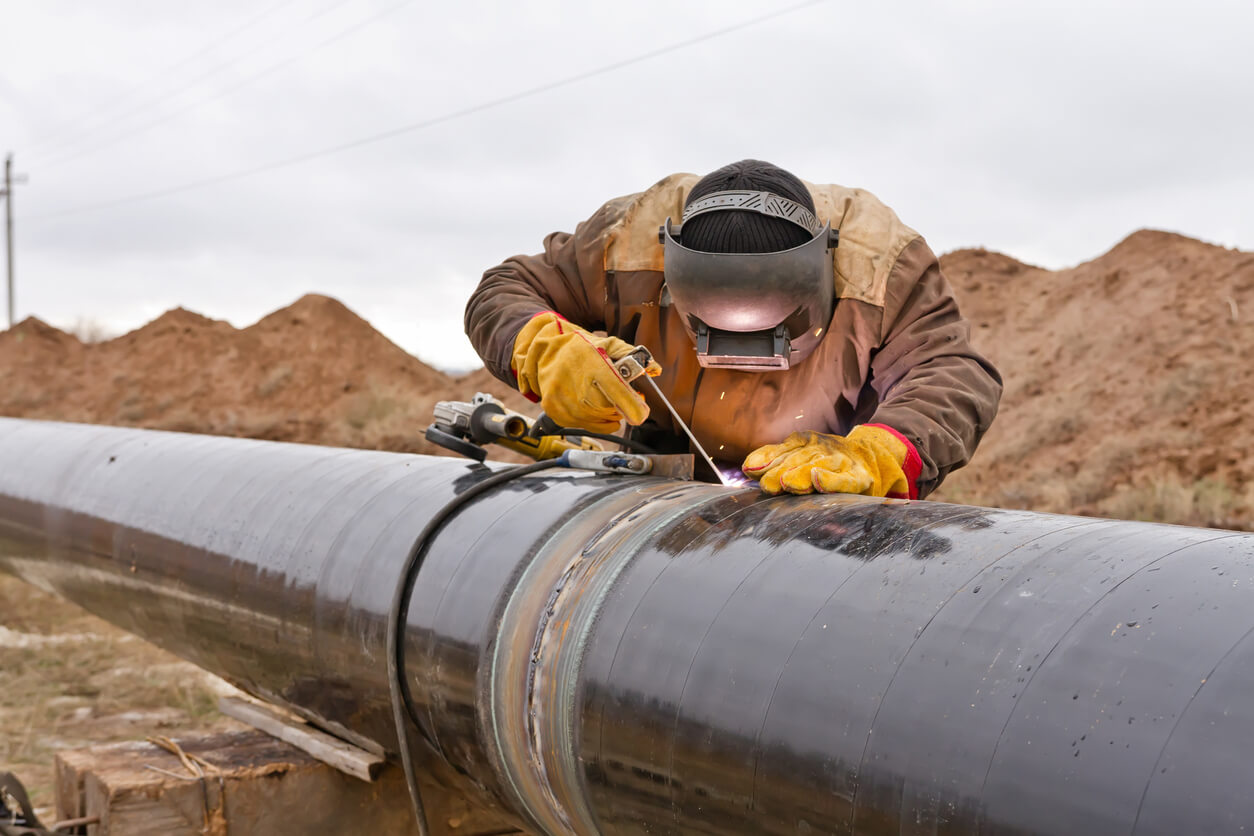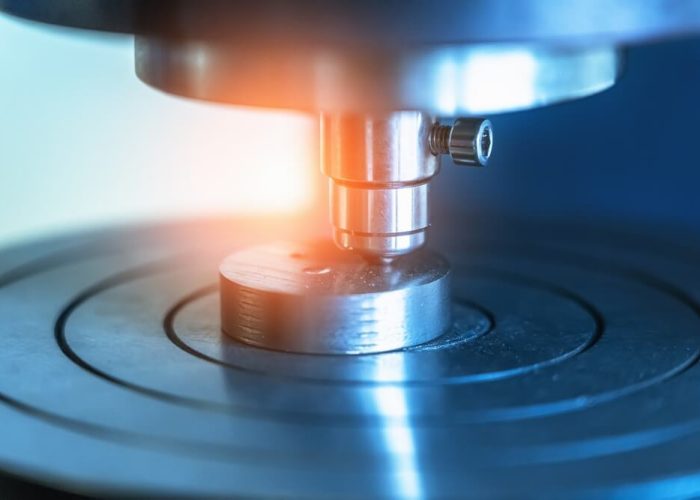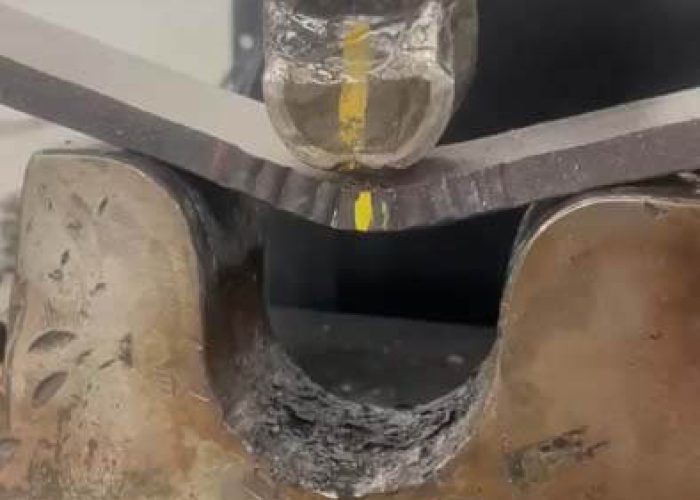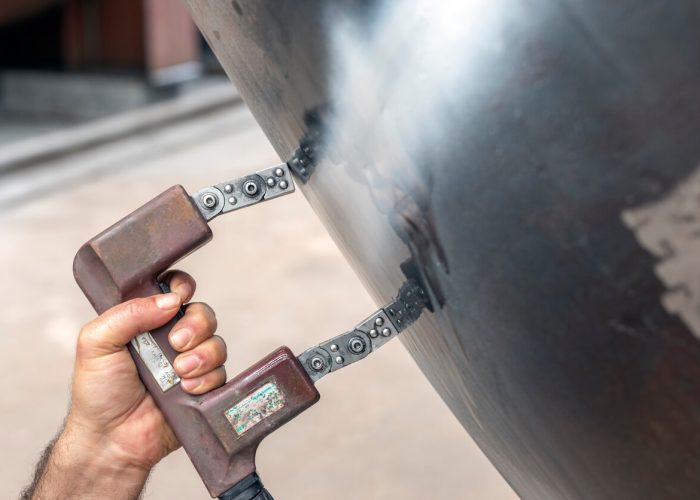Welding for Industrial Jobs: Built to Handle Heavy Duty Work
We’ve seen firsthand how industrial welding differs from standard fabrication work. It’s not just about joining metals; it’s about creating structures that withstand extreme pressures, temperatures, and stresses. Heavy-duty industrial applications demand specialized equipment like water-cooled torches and high-amperage power sources that most hobby or light commercial welders never encounter. What separates professional industrial welders from the rest isn’t just their certification—it’s their ability to select the right process for critical applications where failure isn’t an option.

Key Points
- Industrial welding requires high-amperage power sources with extended duty cycles for continuous operation in manufacturing settings.
- Essential equipment includes industrial-grade wire feeders, water-cooled torches, and specialized PPE with heat-resistant materials.
- Advanced techniques like friction stir welding, narrow-gap TIG, and hybrid laser-arc processes are optimized for heavy-duty applications.
- Specialized materials such as duplex stainless steels and nickel-based superalloys require proper preparation and matching filler metals.
- Rigorous quality control through radiographic testing and adherence to ASME and AWS codes ensures structural integrity in harsh conditions.
Essential Equipment for Heavy-Duty Industrial Welding
The proper selection of essential equipment for heavy-duty industrial welding directly impacts productivity, safety, and weld quality in demanding environments.
We’ve found that high-amperage power sources (300-600A) with high duty cycles are non-negotiable for continuous operation in manufacturing settings.
Our toolbox must include industrial-grade wire feeders with precision control, water-cooled torches for extended use, and specialized PPE with heat-resistant materials.
We can’t overlook fume extraction systems with industrial filters and robust workpieces like positioners and manipulators.
For workflow efficiency, we need digital parameter controls, inverter-based machines with pulse capabilities, and multi-process functionality.
In our community of industrial welders, quality equipment isn’t just about getting the job done—it’s about maintaining standards that define our profession.
Our ASME certified facility ensures all welding procedures and equipment meet stringent quality control measures for industrial applications.
Specialized Techniques for High-Stress Metal Joining
When joining metals that must withstand extreme mechanical forces, specialized welding techniques become essential for maintaining structural integrity across demanding industrial applications. We’ve found that friction stir welding excels for aluminum structures, creating joints with minimal distortion and superior fatigue resistance. For high-pressure vessels, we rely on narrow-gap TIG welding, which delivers precise control and deep penetration while minimizing heat-affected zones.
In aerospace applications, we implement electron beam welding in vacuum chambers, achieving fusion depths up to 6 inches with minimal warping. For critical pipeline connections, automated orbital welding guarantees consistent results even in harsh field conditions. We’ve also adopted hybrid laser-arc processes when maximum strength meets productivity demands—combining the penetration of laser with the gap-bridging capability of traditional arc methods. Our procedure qualification record testing ensures all welding processes meet regulatory standards including AWS, ASME, and ASTM specifications.
Safety Protocols in Hazardous Welding Environments
We’ll now examine the critical safety protocols required for hazardous welding environments, beginning with mandatory Personal Protective Equipment (PPE) that forms your first line of defense against burns, radiation, and toxic fumes.
When working with high-temperature equipment in restricted areas, proper confined space procedures—including atmospheric testing, ventilation systems, and standby attendants—must be implemented before any welding operation commences.
These thorough safety measures aren’t merely regulatory requirements; they’re essential safeguards that prevent serious injuries and fatalities in high-risk industrial welding scenarios.
Adhering to industry standards like ASME, AWS, OSHA, and ISO guidelines is crucial for maintaining weld quality and ensuring comprehensive safety in hazardous welding environments.
Mandatory PPE Requirements
Ensuring welder safety in hazardous environments requires strict adherence to mandatory Personal Protective Equipment (PPE) protocols established by OSHA and industry standards. We’ve found that proper PPE isn’t negotiable in our field—it’s the difference between going home safely or risking severe injury.
All welders in our industrial settings must wear:
- Flame-resistant clothing with high collars and cuffless pants to prevent hot metal from entering garments
- ANSI Z87.1-compliant auto-darkening helmets with appropriate shade ratings (10-13 for most industrial applications)
- Heavy-duty welding gloves extending beyond wrist coverage with reinforced palms
We’ll never compromise on these requirements, even when deadlines loom. When we protect ourselves properly, we’re not just following regulations—we’re upholding our commitment to each other’s wellbeing.
Confined Space Protocols
Confined spaces present some of the most dangerous environments for welding operations, requiring rigorous safety protocols beyond standard PPE requirements. We never enter a confined space without first testing atmospheric conditions for oxygen levels, combustible gases, and toxic vapors.
Before beginning work, we’ll establish proper ventilation systems and position a designated attendant outside to maintain continuous communication. We always secure proper permits that outline emergency procedures, communication methods, and equipment specifications.
Our rescue equipment remains readily accessible, with team members trained in confined space rescue techniques. We’ll disconnect power sources when exiting, even temporarily, and utilize low-voltage equipment when possible. Remember, confined space welding demands continuous air monitoring throughout the operation—conditions can change rapidly, and we’re committed to everyone’s safe return home.
Material Considerations: Working With Advanced Industrial Alloys
Advanced industrial alloys present unique welding challenges that require specialized techniques and knowledge.
When we’re working with materials like duplex stainless steels, nickel-based superalloys, or titanium composites, we must carefully control heat input and cooling rates to maintain their engineered properties.
We’ve found that proper material preparation, including thorough cleaning and preheating, is essential for successful welds on these advanced metals.
- Matching filler metals with base materials is critical—improper selection can lead to galvanic corrosion or compromised joint strength
- Post-weld heat treatment protocols must be precisely followed to relieve stress without altering beneficial microstructures
- Gas shielding configurations often require modification from standard practice—we typically increase flow rates and use specialized gas mixtures for exotic alloys
In our industry, mastering these techniques separates professionals from amateurs. Our Metallurgical Testing services provide crucial materials characterization to ensure optimal performance and quality assurance in challenging industrial welding applications.
Quality Control and Testing Standards for Critical Welds
Quality control represents the backbone of industrial welding integrity, particularly for critical applications where failure could result in catastrophic consequences.
We’ve developed rigorous testing protocols that include both destructive and non-destructive methods to guarantee every critical weld meets industry standards.
Our team regularly employs radiographic testing (RT), ultrasonic testing (UT), and magnetic particle inspection (MPI) to detect internal flaws invisible to the naked eye.
Advanced imaging technologies reveal what the human eye cannot, protecting lives through meticulous weld inspection.
For high-pressure vessels and structural components, we adhere strictly to ASME Section IX and AWS D1.1 codes.
Our laboratory has earned ISO 9001 accreditation which demonstrates our commitment to international standards for testing accuracy and consistent quality management.
We’re committed to maintaining thorough documentation of all weld procedures, qualifications, and test results.
This transparency isn’t just about compliance—it’s about fostering trust within our community of industrial professionals who depend on welds that consistently perform under extreme conditions.
Career Pathways and Certification in Industrial Welding
We’ll now examine the hierarchical certification structure in industrial welding, from entry-level AWS certifications to specialized endorsements for high-demand sectors.
Our industry’s career pathways span diverse specializations including pipeline, aerospace, underwater, and structural welding—each requiring distinct skill sets and offering different compensation packages.
Union apprenticeships provide substantial benefits for welders, including standardized training, guaranteed wage progression, portable credentials, and superior healthcare and retirement packages compared to non-union positions.
Many industrial welders pursue ASME certifications to demonstrate expertise in analysis and testing required for high-pressure vessel fabrication and repair.
Certification Tiers Explained
While traversing the industrial welding career landscape, understanding certification tiers becomes essential for professional advancement and specialization.
We’ve organized welding credentials into a progressive framework that reflects both skill development and industry recognition.
- Entry-Level Certifications – AWS D1.1 structural steel and ASME Section IX boiler code qualifications establish baseline competencies for industrial environments
- Intermediate Credentials – Specialized process certifications in GMAW, FCAW, and GTAW demonstrate versatility across multiple materials and joint configurations
- Advanced Qualifications – CWI (Certified Welding Inspector), CWE (Certified Welding Educator), and specialized code endorsements for aerospace (AWS D17.1), pipeline (API 1104), or nuclear applications (ASME Section III)
We’ve designed this tiered approach to provide clear professional milestones that align with both career growth opportunities and industry demands.
Specialized Industry Pathways
Industrial welding extends beyond general certification into distinct specialized pathways that align with sector-specific requirements and technological applications.
We’ve identified five primary trajectories for welders seeking career advancement: aerospace (requiring precision TIG work), pipeline (emphasizing SMAW downhill techniques), shipbuilding (focusing on all-position flux core), pressure vessel (demanding code-compliant GTAW/SMAW), and structural (centering on AWS D1.1 certifications).
Each pathway requires targeted skill development and specialized certifications.
For example, pipeline welders must achieve API 1104 certification, while aerospace specialists need AWS D17.1.
We recommend pursuing industry-recognized credentials alongside hands-on experience in your chosen specialty.
Many employers now offer apprenticeship-to-journeyman progression programs with industry partners, creating clear advancement routes.
Your certification strategy should match your desired industry focus for maximum career mobility.
Union Apprenticeship Benefits
Union apprenticeship programs represent one of the most structured and financially advantageous pathways for welders seeking industrial careers.
We’ve found these programs combine on-the-job training with classroom instruction, creating a thorough learning environment that builds both theoretical knowledge and practical skills.
- Earn while you learn – apprentices typically start at 50-60% of journeyman wages, with guaranteed increases as skills develop
- Full benefits package including health insurance, retirement contributions, and paid time off from day one
- Direct pathway to journeyman status with industry-recognized credentials that transfer between union shops
We encourage aspiring industrial welders to contact their local pipefitters, ironworkers, or boilermakers unions to explore apprenticeship opportunities.
These programs typically require a high school diploma or GED and basic mechanical aptitude testing.
Frequently Asked Questions
How Do Welders Manage Fatigue During Long Industrial Shifts?
We’re managing fatigue through structured breaks, hydration stations, and job rotation schedules. We’ve implemented ergonomic workstations, maintain proper nutrition, and utilize buddy systems during our extended welding operations.
What Is the Average Salary Range for Specialized Industrial Welders?
We’ve observed specialized industrial welders earning $55,000-$95,000 annually, with variations based on certification level, hazardous environment exposure, and technical specialization. Underwater and pressure vessel welders command premium compensation.
Can Repetitive Welding Cause Long-Term Health Problems?
Yes, repetitive welding can cause respiratory issues, metal fume fever, eye damage, burns, and musculoskeletal disorders. We’ve observed these conditions develop gradually when proper protection isn’t consistently maintained during operations.
How Do Seasonal Temperature Changes Affect Industrial Welding Operations?
We monitor thermal expansion in summer and metal brittleness in winter. Cold requires preheating, while humidity demands ventilation adjustments. We’ll control our workspace temperatures to maintain proper weld integrity throughout seasonal shifts.
Are Renewable Energy Sectors Creating New Demands for Welding Skills?
We’re seeing renewable sectors dramatically transform welding demands. Wind tower fabrication, solar mounting systems, and hydrogen infrastructure all require specialized welding techniques we’ve adapted to meet these emerging technical specifications.
Takeaway
We’ve examined the multifaceted nature of industrial welding through equipment requirements, specialized techniques, and safety protocols. We’ve analyzed how material selection impacts joint integrity and explored the rigorous testing standards necessary for structural reliability. As professionals continue pursuing advanced certifications, they’ll need to master these technical elements. Our industry’s evolution demands continuous adaptation to new alloys, processes, and technologies that enhance welding performance in demanding industrial environments.



